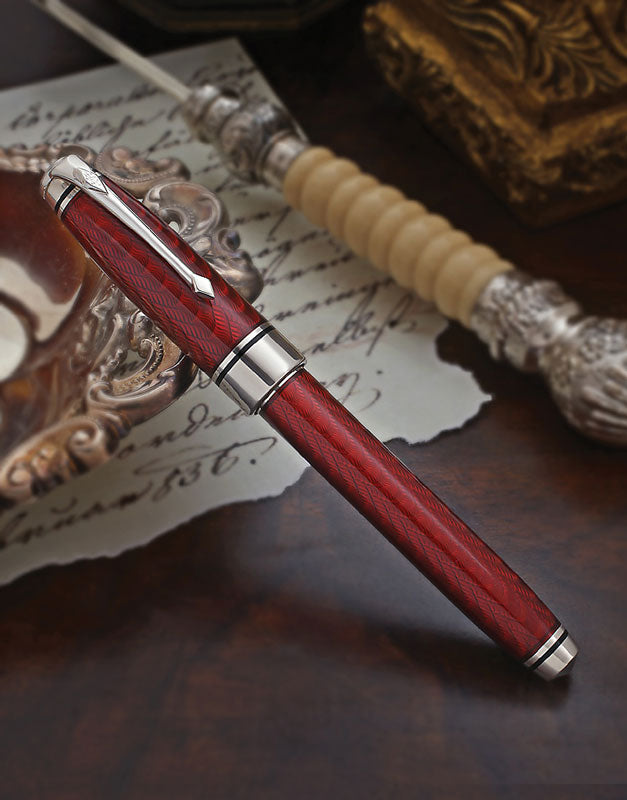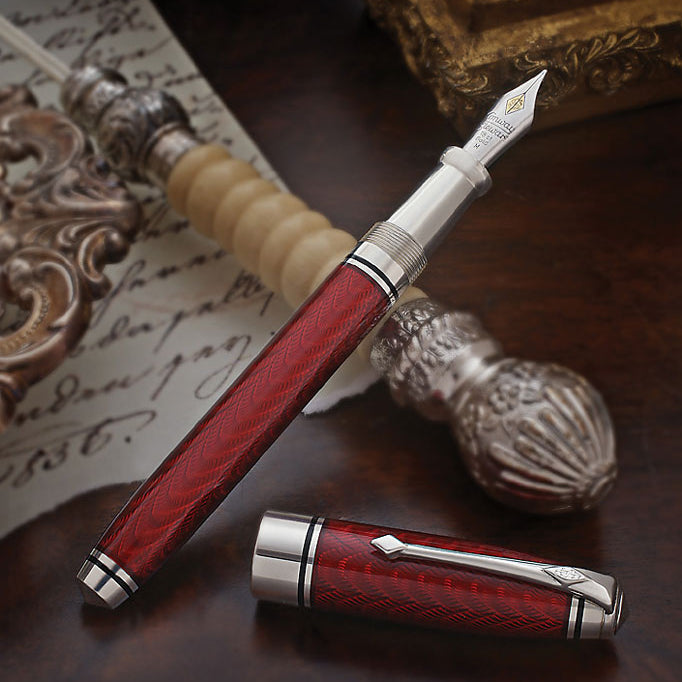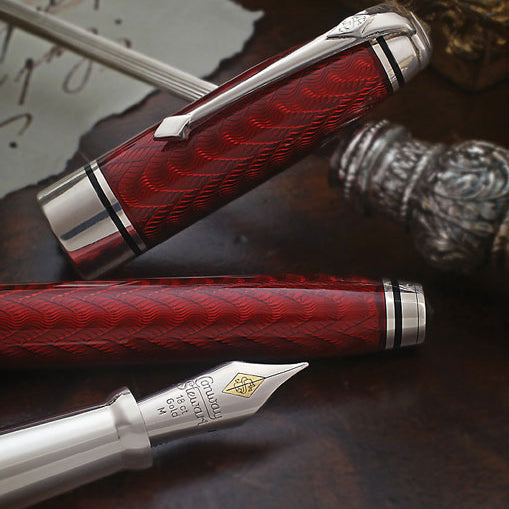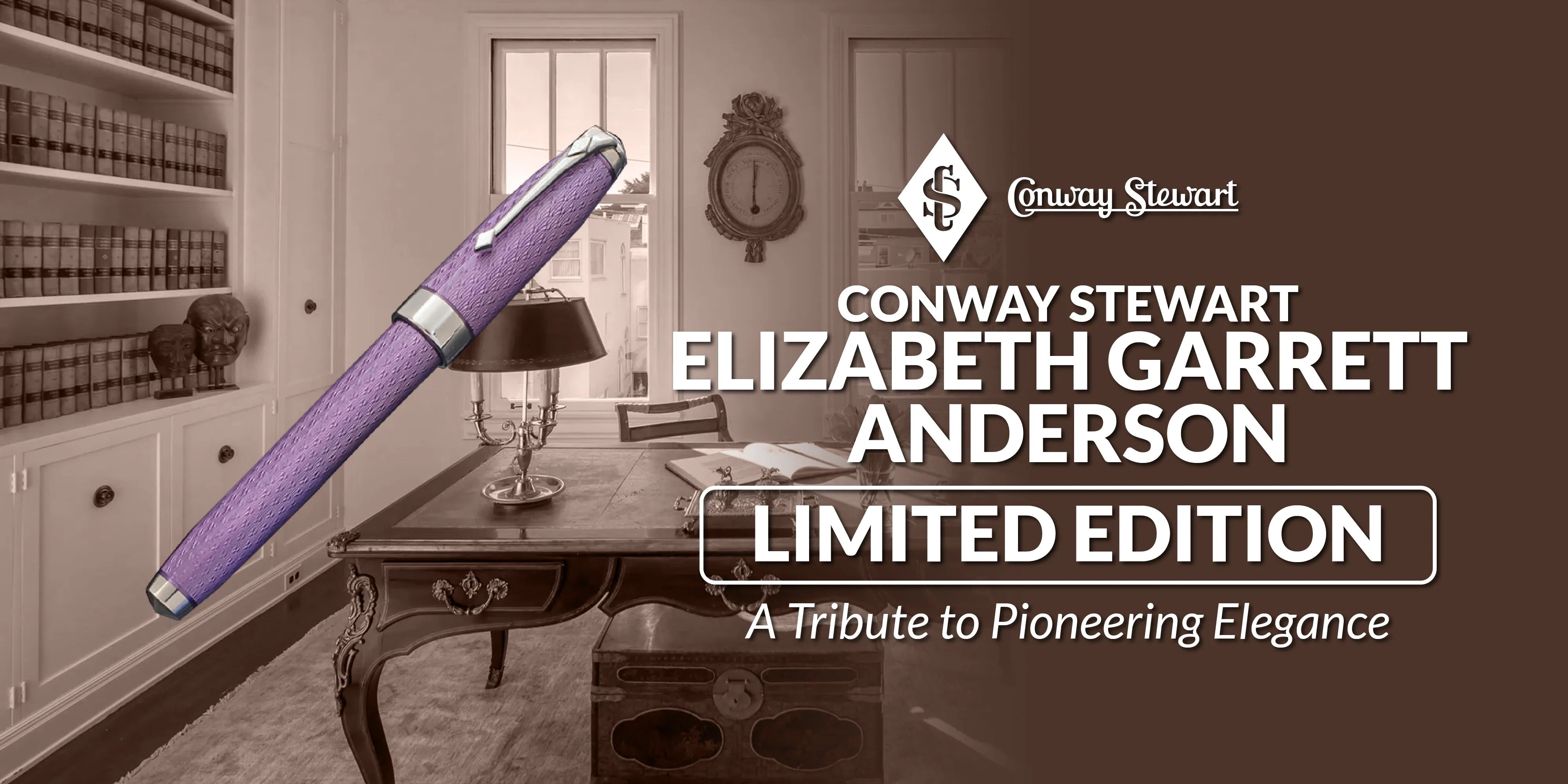Cromwell was born on April 25, 1599 into a family of minor gentry in Huntingdon, Cambridgeshire. He was educated at Huntingdon Grammar school, Cambridge, and then at Cambridge University. Cromwell's education was brought to a sudden halt when his father died and he returned home to manage the family estate, looking after his widowed mother and unmarried sisters. Although the estate itself was small, the status of the family kept Cromwell in a prominent position locally. In 1620, Cromwell married Elizabeth Bourchier, a daughter of a London merchant. They remained devoted to each other and produced eight children. In 1636, Cromwell was left a substantial inheritance by his uncle. The inheritance not only included a house in Ely, but also a position of local tax collector for two parishes.
Although his new position kept him in good standing socially, Cromwell suffered from depression and turned to the religion of radical Puritanism for guidance. As a Puritan, Cromwell believed that everybody should lead their lives according to what was written in the Bible. Pointless enjoyment was frowned upon and Puritans were known for their serious and sober approach to all aspects of life.
By 1640, Cromwell had made enough of a name for himself to be elected to represent Cambridge, at the same time that King Charles the First was faced with a shortage of funds, severe enough that it soon led directly to a civil war, with the country split between Royalists loyal to the King, and Parliamentarians.
Although Cromwell lacked military experience, he created and led an efficient force of cavalry for the Parliamentarians, and rose from the rank of captain to that of lieutenant-general in three years. He convinced Parliament to establish a professional army - the New Model Army - which won over the king's forces at Naseby. Cromwell was a prime mover in the trial and execution of Charles I in 1649.
In December 1653, he became head of state with the title of Lord Protector, holding that office under a constitution that ensured he would share political power with parliaments and a council. As Lord Protector for almost five years, Cromwell was able to mould policies and to fulfill some of his goals. He headed a fairly inclusive and largely civilian regime, which sought to restore order and stability. In 1657, Cromwell was offered the crown by Parliament as part of a revised constitutional settlement, but after much deliberation, declined to be crowned as king.
After Cromwell’s death on 3 September 1658, He was succeeded as Lord Protector by his son Richard. Richard did not have anywhere near the popularity among either Parliament or the Army, and he was forced to resign in the spring of 1659, bringing the Protectorate to an end. Shortly afterward Parliament restored Charles II as king.
The Conway Stewart Cromwell Edition is carefully crafted from solid sterling silver, following the shape and size of our popular Elegance series. The cap and barrel have been embellished with crisp guilloche engraving in an elegant cascading brocade pattern, then covered with rich, gleaming crimson enamel.
The glowing red cap and barrel are accented with clip, cap band, and barrel end in smooth sterling silver polished to a perfect finish. The section is also solid sterling silver, making the Cromwell Edition perfectly balanced in the hand.
Available in a choice of eight nib grades, from Extra Fine to Extra Broad, Italic Fine to Italic Broad, the nib has been carefully masked with bright rhodium to match the silver of the trim. The Cromwell Edition uses the reliable cartridge converter filling mechanism and is presented in our deluxe packaging.
The Conway Stewart Cromwell Edition lives up to its namesake: vivid, dynamic and larger than life.























Leave a comment